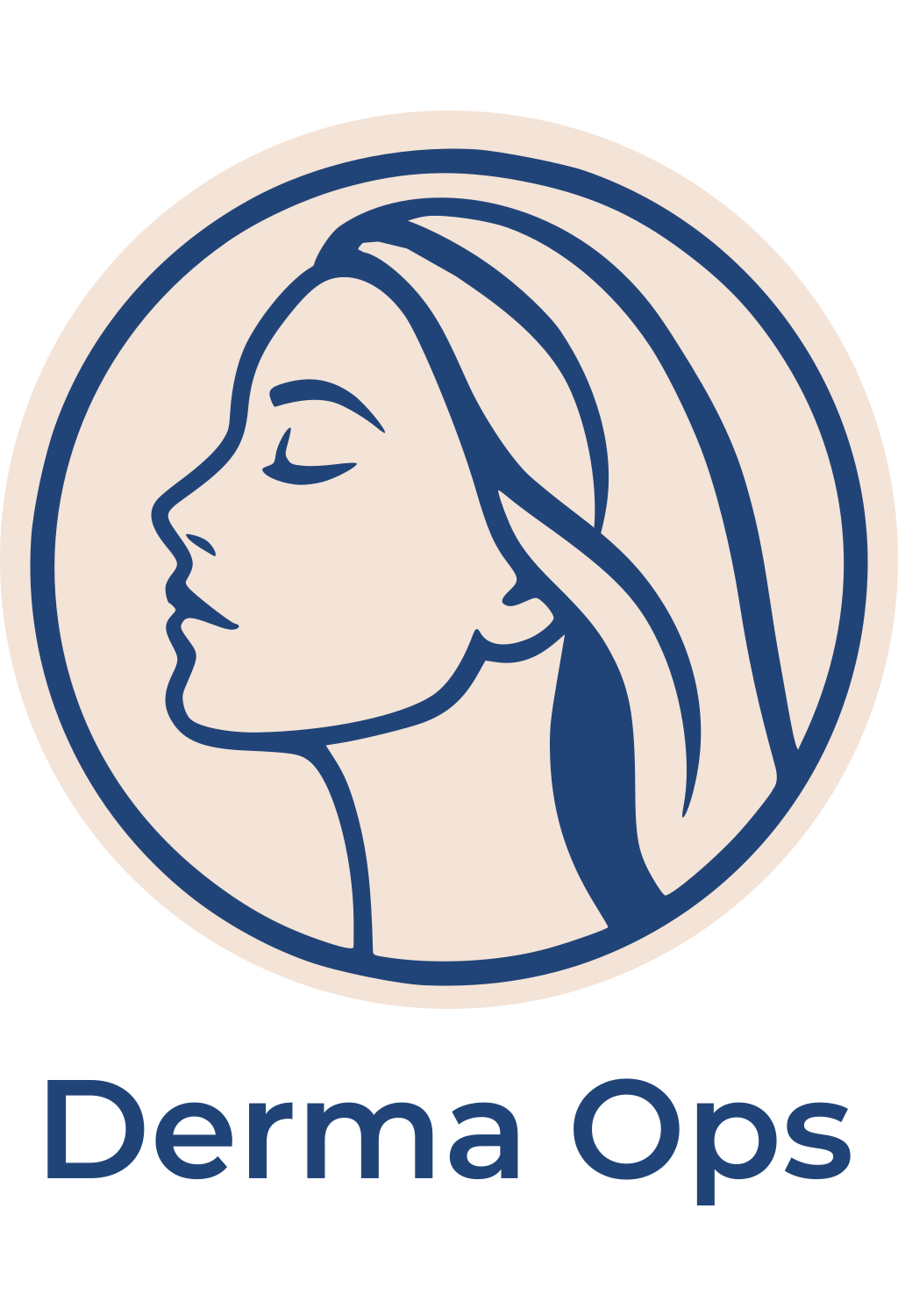Stop Writing, Start Treating with modern dermatologist software
Dr. Raveena Chavan glanced at her watch—8:47 PM. Her last patient of the day sat before her with concerning psoriatic lesions that needed immediate attention, yet she’d spent the past twelve minutes hunting through paper files for their medication history while simultaneously trying to document today’s findings. The patient shifted uncomfortably, feeling the disconnect. This scene repeats in dermatology clinics worldwide, where valuable face-to-face consultation time dissolves into administrative quicksand. Enter DermaOps, a specialized Dermatology EMR designed specifically for skin care practitioners who refuse to let paperwork eclipse patient care. In an era where dermatologists spend nearly 40% of their patient appointment time on documentation rather than actual treatment, the question isn’t whether to adopt electronic medical records—it’s how quickly you can implement a system that transforms your practice efficiency. The skin treatment specialization demands precision, visual documentation, and rapid access to patient histories, making generic EMR solutions inadequate for dermatology’s unique workflow requirements.
The Documentation Dilemma Dermatologists Face Daily
Every dermatologist knows the frustration intimately. You’re examining a suspicious mole that requires careful attention, but your mind is simultaneously composing the SOAP note you’ll need to write afterward. Between visual examinations, treatment discussions, procedure explanations, and pre-authorization conversations, the actual patient interaction becomes fragmented. Studies reveal that dermatology practitioners average just 8-12 minutes of direct patient engagement during 20-minute appointments, with the remainder consumed by charting, coding, and administrative tasks. This isn’t just inefficient—it’s professionally demoralizing and financially costly.
The traditional approach to medical documentation in dermatology creates a cascading series of problems. Handwritten notes become illegible. Critical details about lesion progression get lost between visits. Photography documentation remains disconnected from patient records. Prescription histories require manual cross-referencing. Each of these friction points steals minutes from your day and, more importantly, from your patients who deserve your undivided expertise on their skin conditions.
How Dermatology EMR Systems Reclaim Your Clinical Time
Purpose-built Dermatology EMR software like DermaOps addresses the specific documentation challenges inherent to skin treatment practices. Unlike generic medical record systems, dermatology-focused platforms understand that visual documentation isn’t supplementary—it’s essential. Integrated photography features allow seamless capture and annotation of skin conditions directly within the patient chart, eliminating the disjointed workflow of separate imaging systems.
Template-driven documentation specifically designed for common dermatological conditions accelerates charting without sacrificing thoroughness. Instead of typing lengthy descriptions of acne vulgaris presentations, dermatologists can utilize smart templates that capture severity scales, distribution patterns, and treatment responses through intuitive clicks. This approach reduces documentation time by 60-70% while actually improving chart completeness and regulatory compliance.
The ROI equation becomes compelling when you quantify recovered time. If a dermatologist sees 25 patients daily and reclaims just 5 minutes per patient through efficient Dermatology EMR workflows, that’s over 2 hours of productive time returned each day. Annually, this translates to approximately 520 hours—equivalent to 13 full working weeks. This recovered capacity enables practitioners to see additional patients, reduce after-hours charting, or simply provide more thorough consultations that enhance patient satisfaction and clinical outcomes.
Real-World Benefits Beyond Time Savings
The advantages of specialized dermatology electronic medical records extend well beyond mere efficiency. Prescription management becomes streamlined, with built-in drug interaction checking specific to dermatological medications. Prior authorization workflows that typically consume 20-30 minutes per complex case become automated, with systems like DermaOps generating necessary documentation automatically from existing chart notes.
Clinical decision support tailored to skin care protocols helps newer practitioners while ensuring experienced dermatologists don’t miss emerging treatment options. When a patient presents with moderate-to-severe atopic dermatitis, the EMR can suggest current evidence-based protocols, track biologic therapy responses, and flag appropriate follow-up intervals based on specialty guidelines.
Revenue cycle improvements represent another substantial benefit area. Proper coding and documentation directly impact reimbursement, and dermatology-specific EMR systems ensure that procedural documentation meets payer requirements. When you perform a skin biopsy, the system prompts for all necessary details that justify the procedure code, reducing claim denials and expediting payments.
Transform Your Practice Starting Today
The transition from paper charts or inadequate generic systems to a proper Dermatology EMR doesn’t require months of disruption. Modern cloud-based platforms offer rapid implementation with training programs designed around dermatologists’ actual workflow patterns. The initial learning curve is offset by immediate gains in documentation speed and accuracy.
Your patients notice the difference immediately. Instead of watching you type while they talk, they receive your full visual attention during examinations. Questions get answered thoroughly rather than rushed. Treatment plans are explained clearly rather than hastily scribbled. This elevated patient experience translates directly to improved satisfaction scores, better online reviews, and stronger retention rates—all contributing to practice growth and sustainability in increasingly competitive dermatology markets.
The choice facing dermatology practices isn’t whether to adopt specialized electronic medical records, but rather how much longer to delay the inevitable transition. Every day spent with inadequate documentation systems represents hundreds of dollars in lost productivity, diminished patient experiences, and professional frustration. The skin treatment specialization deserves tools built specifically for its unique demands, not retrofitted solutions designed for primary care or other specialties.
Frequently Asked Questions
Q: How long does it take to train staff on a new Dermatology EMR system?
Most dermatology practices achieve basic proficiency with specialized EMR platforms like DermaOps within 2-3 hours of focused training. Full optimization typically occurs within 4-6 days as staff members discover workflow shortcuts and customize templates to match your practice patterns. The key is choosing a system designed specifically for dermatology workflows rather than generic medical records platforms.
Q: Can a Dermatology EMR integrate with our existing photography equipment?
Quality dermatology electronic medical records systems like DermaOps offer flexible integration options for medical photography equipment. Most support direct imports from dermoscopy devices, standard digital cameras, and smartphone applications. The critical feature is ensuring images automatically attach to the correct patient record with appropriate security measures.
Q: What ROI should dermatology practices expect from EMR implementation?
Dermatology practices typically see positive ROI within 6-12 months through multiple channels: increased patient throughput (10-15% more daily appointments), reduced claim denials (improving collections by 8-12%), decreased transcription costs, and minimized after-hours charting time. Practices that previously paid for transcription services often recoup their entire EMR investment through those savings alone.
Q: How does specialized Dermatology EMR differ from general medical record systems?
Generic EMR platforms treat all medical specialties identically, lacking dermatology-specific features like integrated photography workflows, body mapping diagrams, specialized templates for common skin conditions, and cosmetic procedure documentation. These missing elements force dermatologists to develop awkward workarounds that actually slow documentation rather than accelerating it.
Q: Is patient data secure in Dermatology EMR systems?
Modern EMR software – both, cloud-based and localized dermatology electronic medical records platforms typically exceed the security measures of on-premise systems, offering enterprise-grade encryption, automatic backups, disaster recovery. Leading platforms demonstrate adherence to healthcare data protection standards.
Ready to reclaim your clinical time and transform your patient interactions? Discover how DermaOps delivers dermatology-specific EMR solutions that work the way you practice. Contact our team at dermaops.com to schedule your personalized demonstration and see firsthand how specialized electronic medical records can revolutionize your skin care practice.

